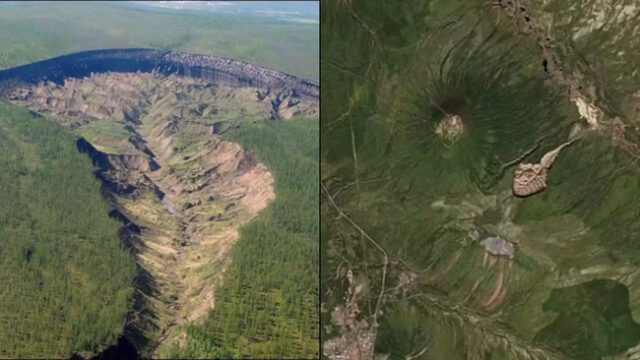
Deep in Siberia, the Batagaika crater, often dubbed the “Gateway to Hell,” is an astonishing and rapidly expanding phenomenon. This enormous permafrost crater, the largest of its kind in the world, spans nearly a kilometer in length and reaches depths of up to 100 meters. Despite being commonly referred to as a crater, Batagaika is a thermokarst depression, or mega slump, that formed in the 1960s when deforestation disrupted the thermal balance of the permafrost. As the ground thawed, it released significant amounts of methane gas, contributing to the subsidence of the Earth and creating this immense depression. The ongoing thawing process has exacerbated the situation, releasing more greenhouse gases into the atmosphere, which in turn accelerates the melting of permafrost—a troubling feedback loop.

Since its discovery in satellite images in 1991, Batagaika’s rapid growth has been a subject of intense study. Recent research led by Alexander Kizyakov from Moscow State University revealed alarming details about its expansion. Using satellite imagery and advanced 3D modeling, the team found that the crater’s headwall is eroding at an astonishing rate of 40 feet per year, with significant portions of the collapsed headwall continuing to melt and sink. The permafrost thaw at Batagaika releases around 4,000 to 5,000 tons of organic carbon annually, adding to the atmospheric greenhouse gas load. Although the depression continues to expand, scientists believe it may eventually reach a natural limit as the remaining permafrost layer within the crater is only a few feet thick, with bedrock beneath that could potentially slow or halt further growth.
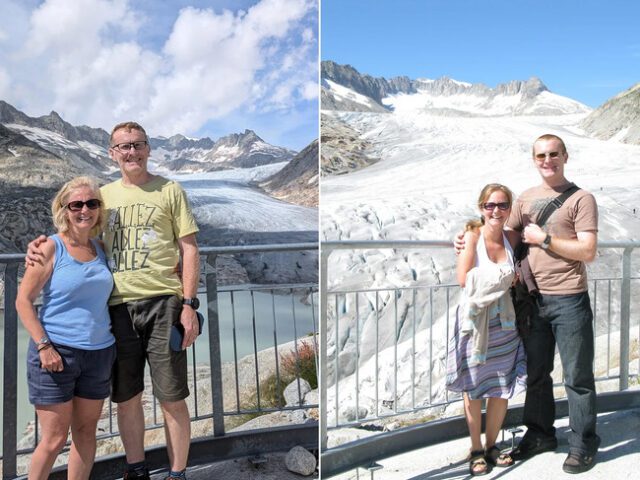
High in the Swiss Alps, the Rhone Glacier has long been a majestic and vital feature of the landscape, serving as the source of the Rhone River and contributing to the waters of Lake Geneva. Despite its slow retreat since the Ice Age, the rapid acceleration of its melting in recent years has alarmed scientists and locals alike. Efforts to slow this retreat, such as covering the glacier with protective blankets during warmer months, highlight the urgency of the situation. However, it was a pair of photos posted by Duncan Porter, a software developer from England, that brought the stark reality of this melting to the forefront of public consciousness. Taken 15 years apart, in August 2009 and August 2024, the images show a dramatic transformation: what was once a vast, icy expanse now reveals a body of water and barren patches of dirt where the glacier has receded. The stark difference between these two images has left many viewers shocked and heartbroken.

The impact of Porter’s images is amplified by the broader context of glacial loss in the region. Since 1850, Alpine glaciers have lost about 60% of their volume, and in Switzerland alone, 10% of this loss occurred within just two years, 2022 and 2023. While a significant increase in snowfall in 2024 offered a reprieve, the long-term damage is evident in the images captured by Porter. Glaciologists like Matthias Huss have underscored the urgency of the situation, showing how even increased snowfall can rapidly disappear under rising temperatures. Despite some dismissive comments from climate change skeptics, who argue that glaciers have always melted, the unprecedented speed of this melting is what truly concerns experts. For Porter, the overwhelming response to his post—both positive and negative—has further fueled his commitment to raising awareness and advocating for action against climate change.


The Chipper Tiny Home, crafted by Häuslein Tiny House Co., offers a quintessential micro-living experience that resonates with the core principles of the tiny home movement. This compact dwelling is designed for two people, with a focus on maximizing comfort and functionality within its modest 12.5 square meter floor space. Built on a double-axle trailer, the home features a durable combination of steel and thermally treated wood, giving it both an aesthetic appeal and practical durability. Entry is through a glass sliding door that leads into a cleverly designed interior, complete with oak flooring and birch plywood finishes. Despite its small size, the Chipper Tiny Home feels airy and bright, thanks to generous glazing and strategic strip lighting that enhance the living space. The living/sleeping area is thoughtfully arranged with a small sofa, a bed, ample storage, and a mounted TV, offering a cozy yet functional environment.
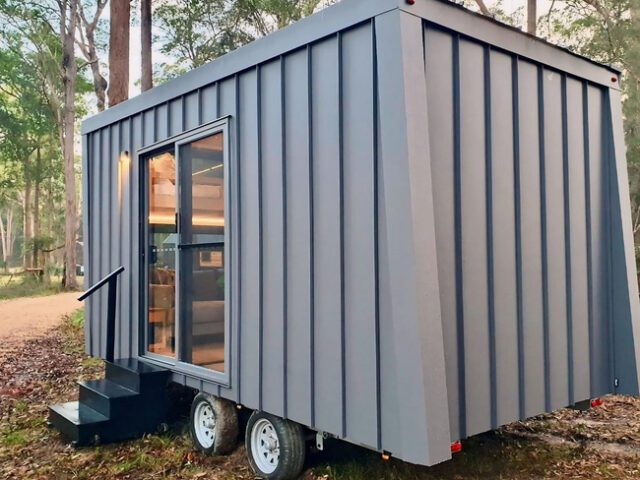
The Chipper Tiny Home is not only aesthetically pleasing but also highly practical. The kitchen, though compact, comes equipped with a sink, induction cooktop, and sufficient storage, with options for additional appliances like a dishwasher, oven, fridge, and washer/dryer. The adjacent bathroom, accessed through a sliding door, features a shower, vanity sink, flushing toilet, and extra storage. For those inclined towards sustainable living, the home can be customized with solar panels, water tanks, and a composting toilet, enabling an off-grid lifestyle. With its efficient design and customizable options, the Chipper Tiny Home is an ideal choice for anyone looking to fully embrace the simplicity and freedom of micro-living.
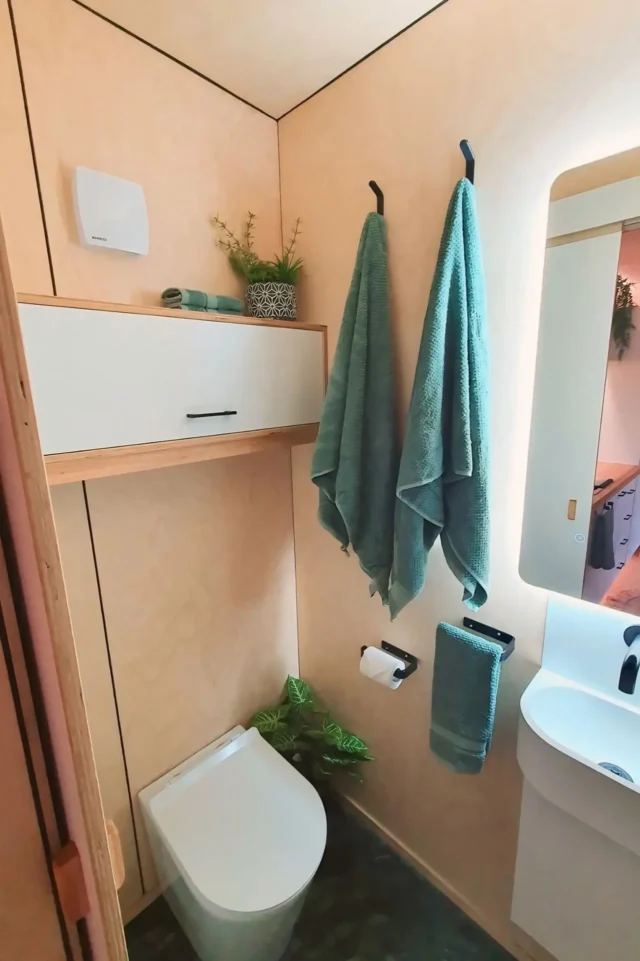
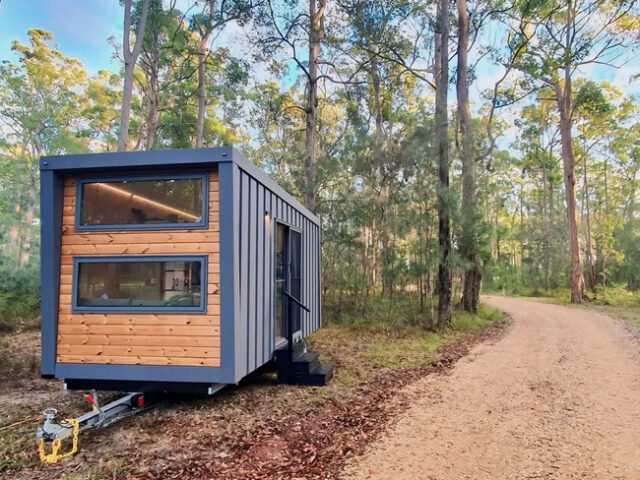
)
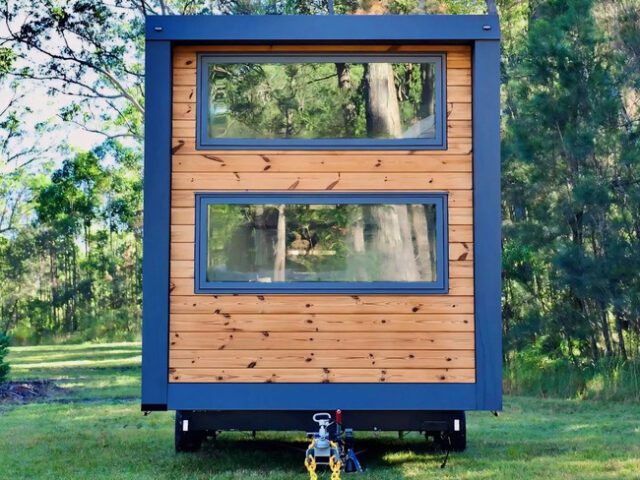

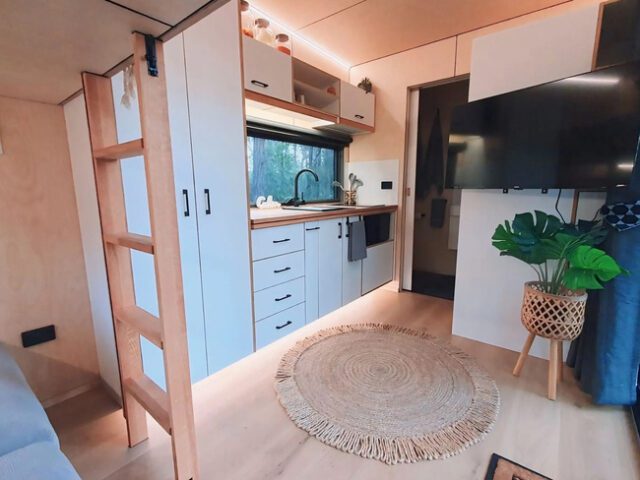

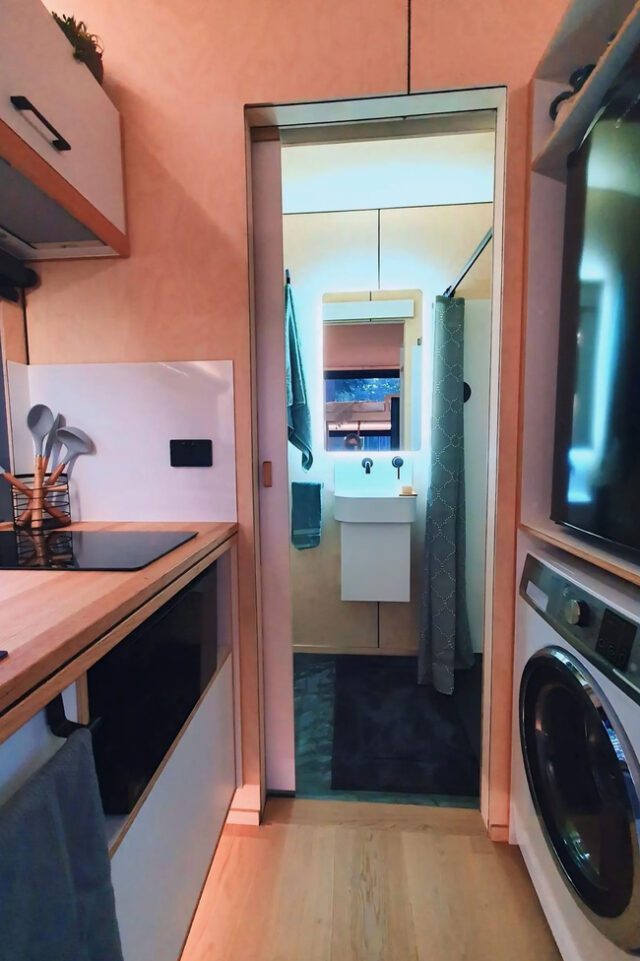
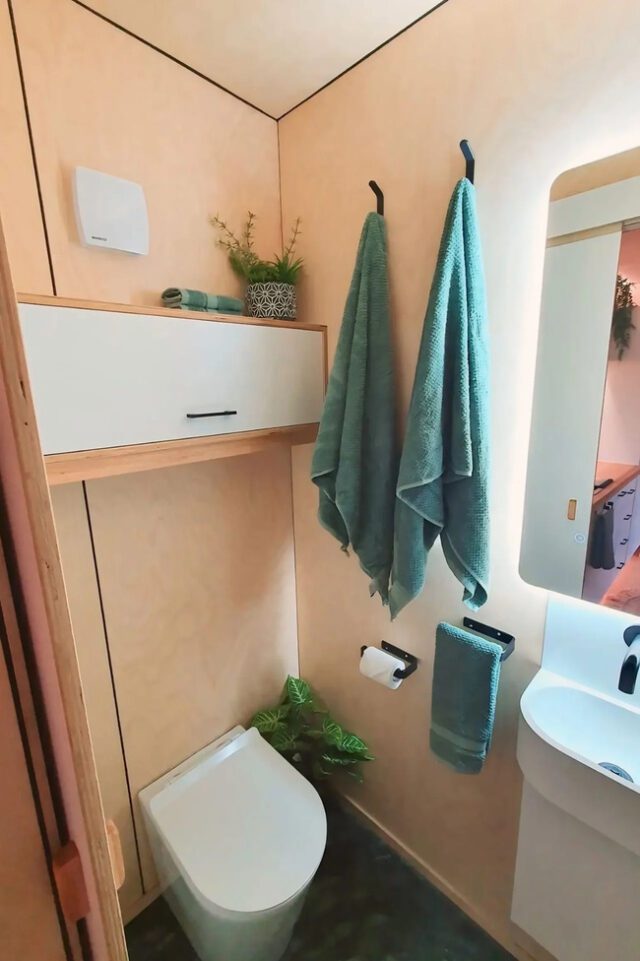

Recently, gorilla-shaped sofas, initially an AI-generated concept, became a viral sensation on TikTok. Created by the design firm LuxArts, these imaginative pieces caught the public’s eye, sparking curiosity and demand. The sofas, depicted as plush and comfortable with a gorilla’s six-pack serving as a backrest and its chest as a headrest, led to a flood of comments asking where they could be purchased. Seizing the opportunity Continue reading “Viral AI-Generated “Gorilla Sofas” Are Now Being Made in Real Life” »

Toy giant Mattel has teamed up with Airbnb to bring the beloved Polly Pocket doll to life in a big way, transforming her tiny world into a full-sized vacation rental to celebrate her 35th anniversary. Located in Littleton, Massachusetts, the two-story “Slumber Party Fun” compact is a vibrant homage to the nostalgic ’90s era. Guests will find themselves immersed in a playful, pastel-colored wonderland where they can literally walk in Polly’s shoes—with human-sized versions of her iconic footwear and fashions. The experience is designed to be the ultimate throwback slumber party, complete with a retro fridge stocked with snacks every ’90s kid craved, and a cozy movie night setup on Polly’s pull-out couch.

This larger-than-life Polly Pocket experience is perfect for nostalgic fans and a new generation of doll lovers. Those lucky enough to snag a reservation can enjoy a night of friendship bracelet making, retro glam sessions at Polly’s vanity, and even a sleepover under the stars in Polly’s life-sized Action Park Tent. With Airbnb offering three exclusive one-night stays from September 12 to 14, and day playdates available from September 16 to October 6, Polly’s compact promises endless fun. The booking price, set at $89 per person, cleverly nods to 1989, the year Polly Pocket first debuted, making it not just a whimsical getaway but a nostalgic tribute to the tiny but mighty icon.

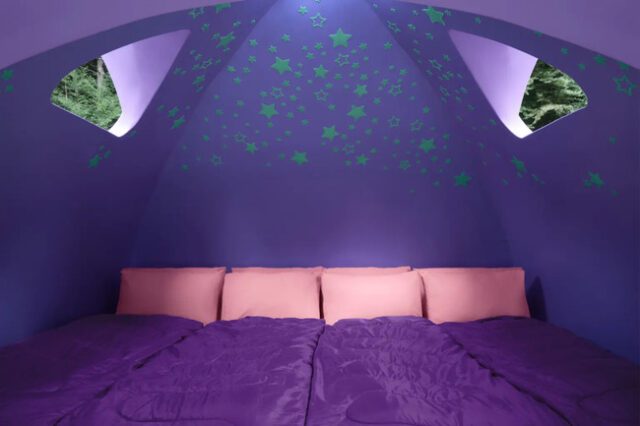
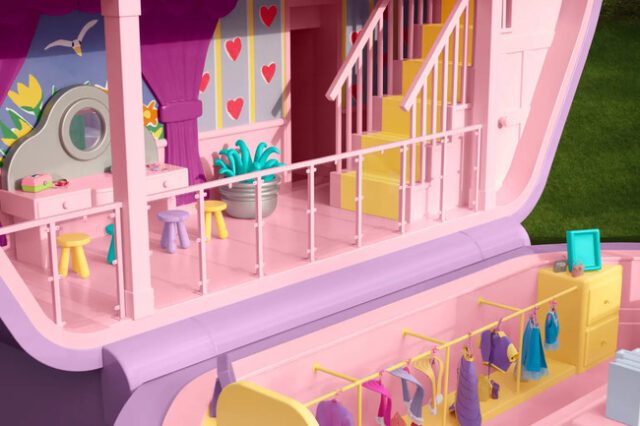
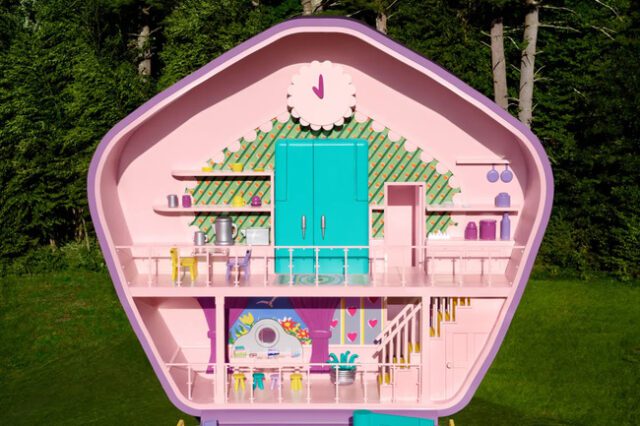
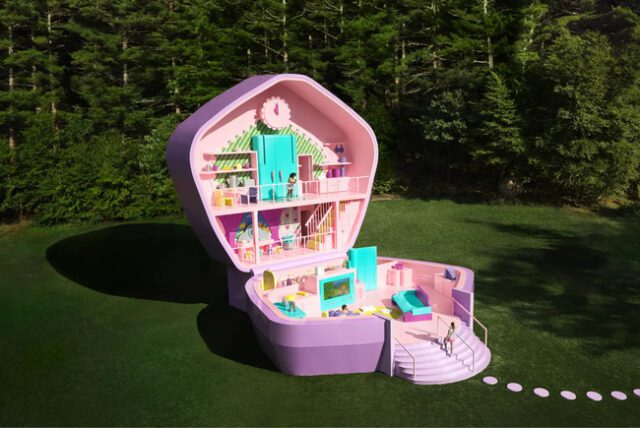


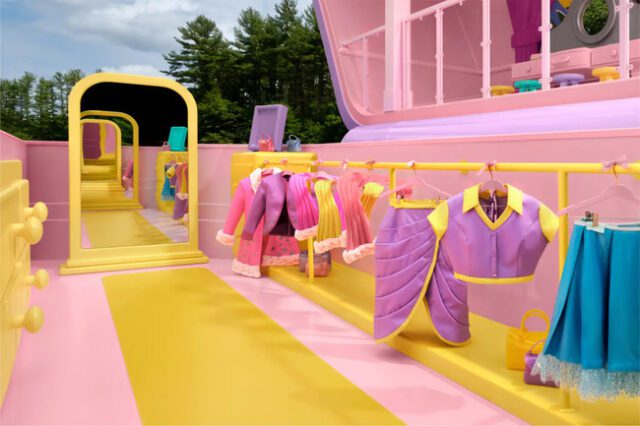


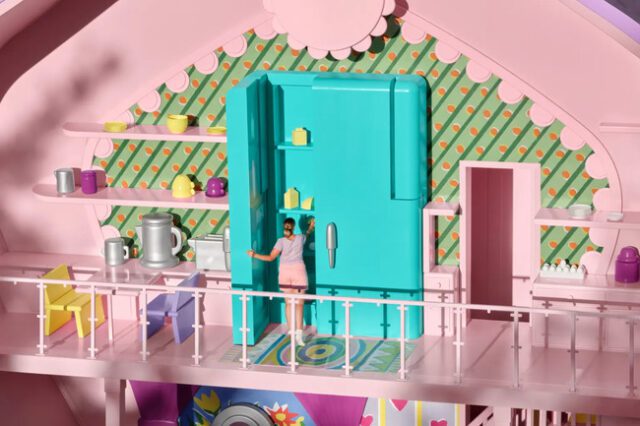

Every day smart clothing, once a product of the distant future, is now becoming a reality with innovative designs such as AI glasses and socks that regularly measure foot temperature to prevent bodily issues early. What about wearable technology in recreational activities? Skip, a start-up that intends to produce powered gear, and Arc’teryx, a Canadian outdoor apparel company, are answering that call with their recent collaboration product, MO/GO. With a name standing for Mountain Goat, MO/GO is a pair of hiking pants with an integrated exoskeleton that significantly supports leg movement by supplementing the quadriceps and hamstrings while reducing the load on your knee joints. The motorized pants consist of two main parts: the outer motor at the knee as well as lightweight carbon cuffs inside the pants that attach to your leg. According to Skip, their motor can boost leg strength by up to 40% on inclines and makes you feel up to 30 pounds lighter as you move.
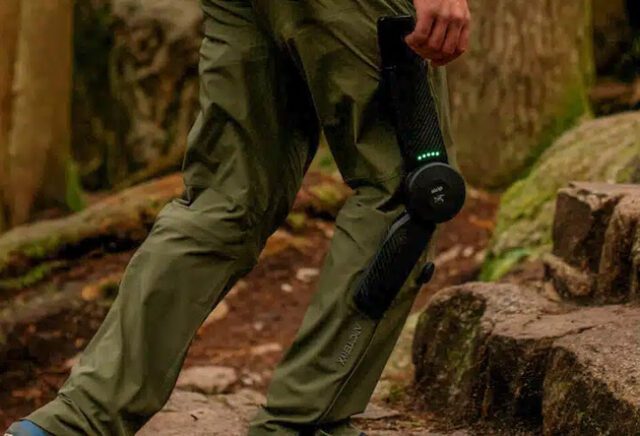
MO/GO was made for individuals who struggle with outdoor exploration because of knee pain, muscle weakness, or cardiovascular fatigue. The product especially caters to users with difficulty climbing upwards or experiencing knee pain during descents. The design is as easy to use as it is functional: the motor is designed to be detachable, allowing you to have support only when you need it. Additionally, the module keeps matters simple with a minimal control panel featuring just three buttons: on/off, more assistance, and less assistance. Though MO/GO follows the trend of robotic exoskeletons designed to assist people with mobility issues, the ingeniously designed pair of trousers is commercially the first of its kind. Featuring Arc’teryx’s high-quality hiking pants exterior combined with Skip’s advanced wearable technology, it is unlike any other product currently on the market. MO/GO is now available for pre-order on Skip’s website for the full price of $5,000, with the earliest expected shipping date currently set for December 2025. Recognizing that the pants may not be financially accessible to everyone, Skip offers an 8-hour trial of MO/GO on various hikes throughout the Western U.S. and Canada for $80 per day.

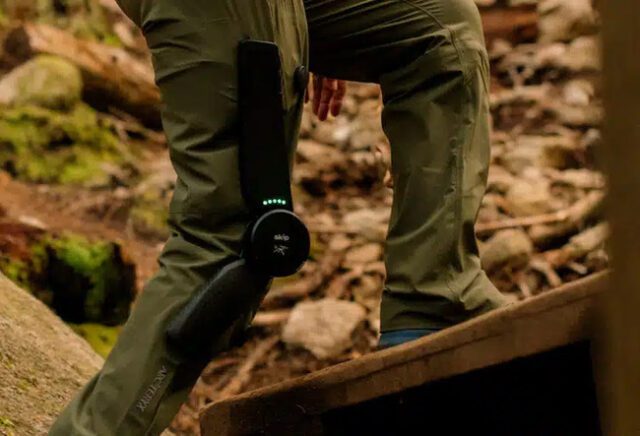

The surfing competition in the Paris 2024 Olympics has taken place nowhere near the French capital but instead in Tahiti, some 10,000 miles away. This has offered sports fans a glimpse into this Pacific paradise, with its green-covered mountains and deep blue oceans. While the games have already given us thrilling images, such as Gabriel Medina’s gravity-defying photo, this time it was nature that stole the spotlight, as a humpback whale was caught breaching during the Olympics surfing semifinals. The sight of the massive marine mammal leaping out of the water added an awe-inspiring natural spectacle to the high-energy sporting event, captivating the audience and competitors alike.
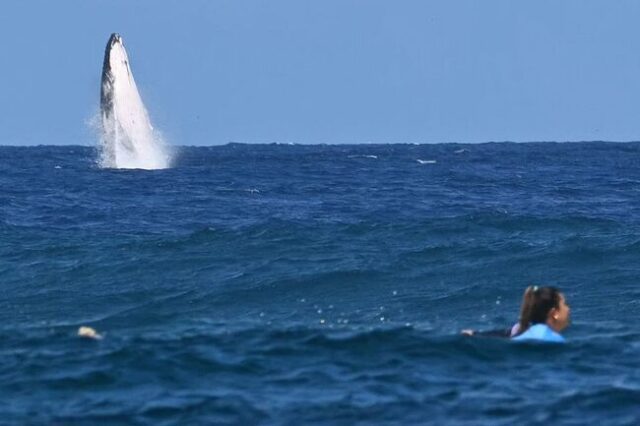
Tatiana Weston-Webb of Brazil and Brisa Hennessy of Costa Rica were competing when the creature emerged at a safe distance from them. Still, the appearance of the whale gave spectators and photographers a moment they’ll never forget. The whale was captured on video by the international Olympics broadcast, which quickly zoomed in on the creature, while photojournalists from agencies such as AFP and AP snapped some thrilling pictures of the whale with the surfers in the foreground. According to France24, in Tahiti—the biggest island and the economic, cultural, and political center of French Polynesia—whales gather around the islands during mating, birthing, and migration season. While it can be somewhat common for wild animals such as birds, seals, and even sharks to pop up near surfing events around the world, the whale surely caught the competitors by surprise. In the end, Weston-Webb defeated Hennessy 13.66 to 6.17 and went on to win the silver medal, after just missing the gold by less than a point in the final to Team USA’s Caroline Marks.
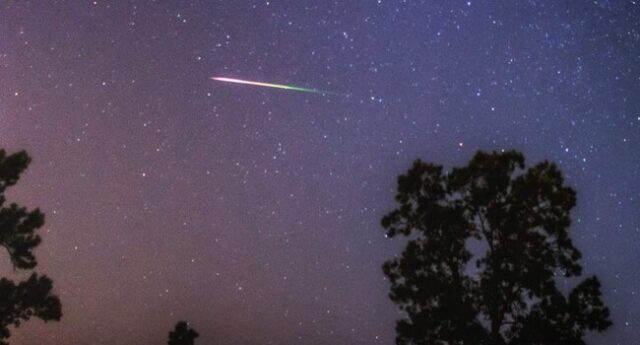
The most active meteor shower of the year, the Perseids, will peak on the morning of August 12th, offering a spectacular display of up to 150 shooting stars per hour for observers in the Northern Hemisphere. These meteors, named after Perseus’s constellation, have now shifted to radiate from the border between Cassiopeia and Camelopardalis. This annual event occurs as the Earth passes through a trail of debris left by Comet 109P/Swift-Tuttle, which has an orbit around the Earth spanning 133 years. Despite a quarter Moon, which may add some light pollution, the shower can still be enjoyed in rural areas with dark skies, providing an opportunity for a breathtaking celestial show.
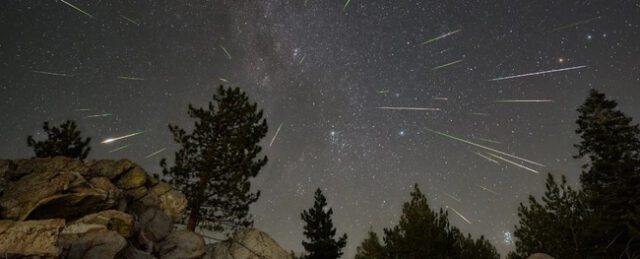
For those eager to maximize their stargazing experience, positioning oneself in a dark, rural location can mitigate the interference from the quarter Moon and enhance the visibility of the Perseids. The month of August also offers other notable celestial events, such as the close approach of the Moon and Mars on August 27th, when they will appear just 5° apart in the constellation Taurus. This presents an excellent opportunity for amateur astronomers and families to learn more about the night sky. The YouTube channel Learn the Sky provides a helpful guide for locating Taurus, which is conveniently situated near Perseus, from where the Perseid meteors will emanate. Additionally, the Taurus constellation houses the Pleides, or the Seven Sisters, a renowned deep-space object visible since ancient times.
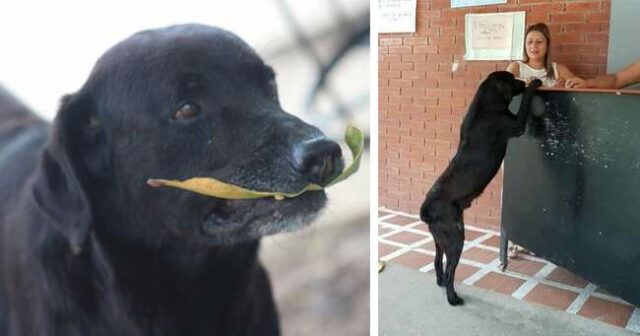
Dogs are highly intelligent creatures—and the smartest ones learn things by simply observing the world around them. A perfect example of this is a black dog named Negro who lives in a school in Colombia. He is a guardian, keeping an eye on students in their daily routine, which the school authorities have rewarded by providing him with food, water, lodging, and a lot of love. The students quickly developed a bond with the pooch and began getting him cookies sold at the small school store. Soon, Negro noticed a pattern—the pupils handed paper bills to the attendant and got a treat in exchange. Continue reading “Clever Dog Learns to “Pay” for Cookies With a Leaf After Watching Students Use Money” »










)










































